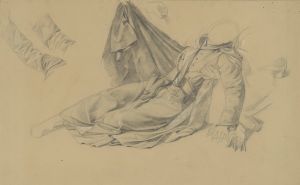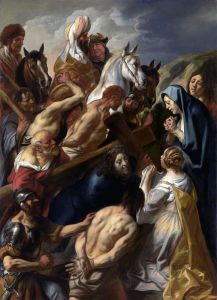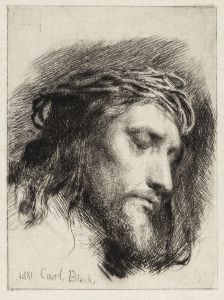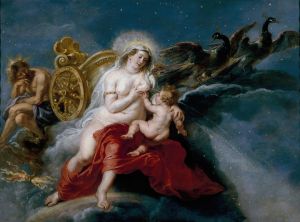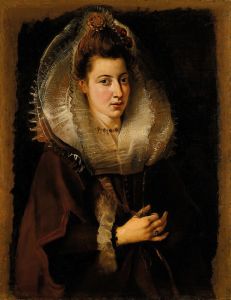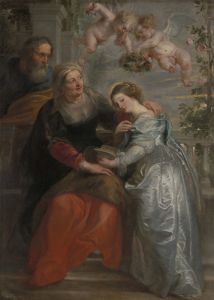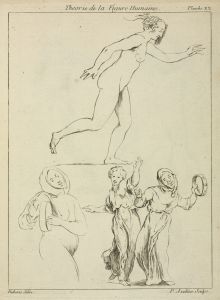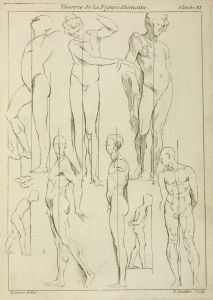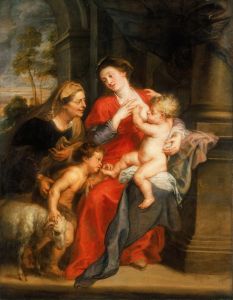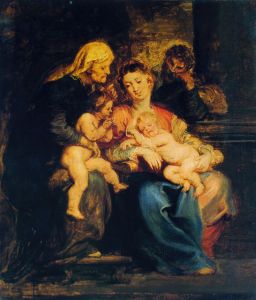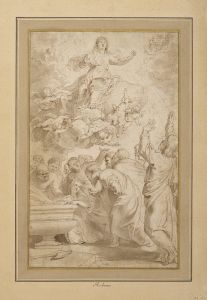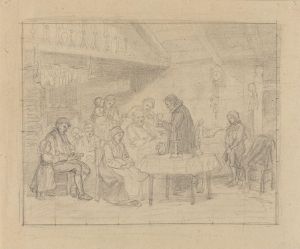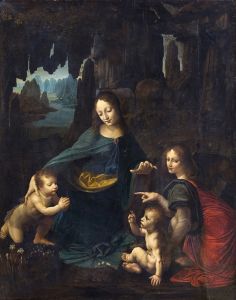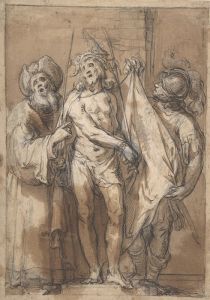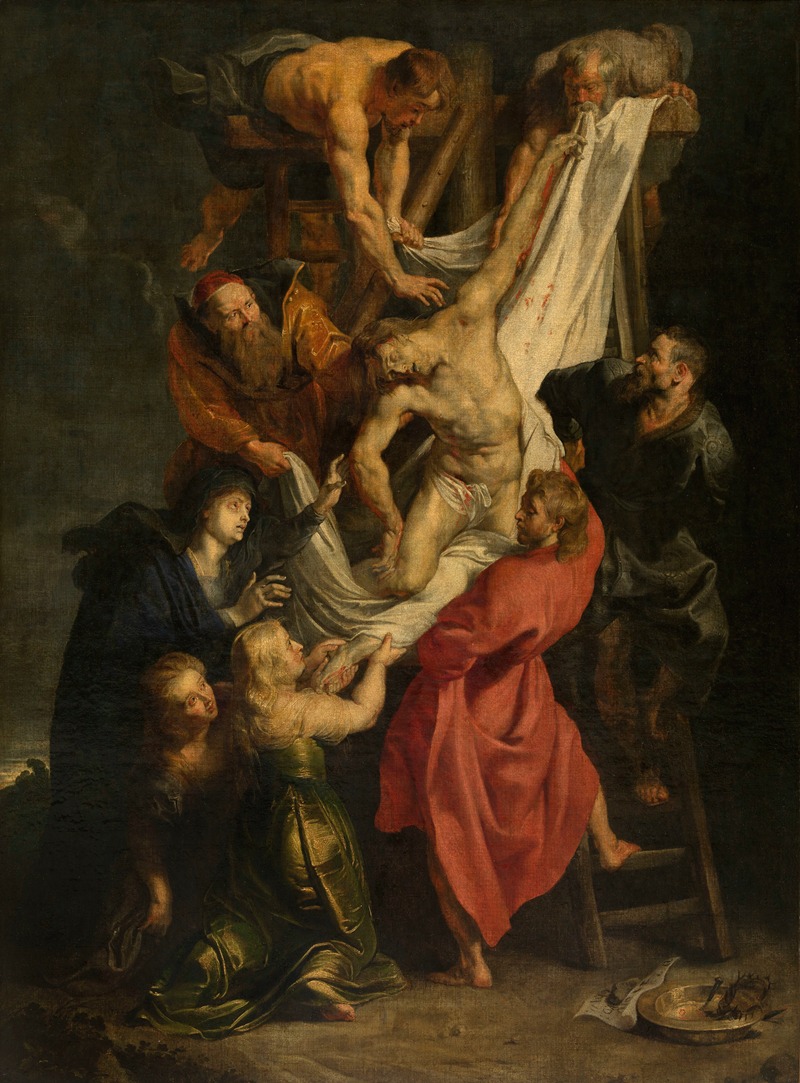
Descent from the Cross
A hand-painted replica of Peter Paul Rubens’s masterpiece Descent from the Cross, meticulously crafted by professional artists to capture the true essence of the original. Each piece is created with museum-quality canvas and rare mineral pigments, carefully painted by experienced artists with delicate brushstrokes and rich, layered colors to perfectly recreate the texture of the original artwork. Unlike machine-printed reproductions, this hand-painted version brings the painting to life, infused with the artist’s emotions and skill in every stroke. Whether for personal collection or home decoration, it instantly elevates the artistic atmosphere of any space.
Descent from the Cross is a renowned painting by the Flemish Baroque artist Peter Paul Rubens, completed between 1612 and 1614. It is part of a triptych commissioned for the Cathedral of Our Lady in Antwerp, Belgium, where it remains to this day. The painting is celebrated for its dramatic composition, emotional intensity, and masterful use of light and color, hallmarks of Rubens' style.
The central panel of the triptych depicts the moment when Christ's body is being lowered from the cross after the Crucifixion. The figures surrounding Christ include the Virgin Mary, Mary Magdalene, John the Evangelist, Joseph of Arimathea, and Nicodemus. Each figure is rendered with striking realism and emotional depth, reflecting their grief and reverence. The composition is carefully balanced, with Christ's pale, lifeless body forming the focal point, illuminated against a dark background. The diagonal arrangement of Christ's body creates a sense of movement and tension, while the interplay of light and shadow enhances the dramatic effect.
The side panels of the triptych depict related biblical scenes. The left panel shows the Visitation, where the Virgin Mary meets her cousin Elizabeth, while the right panel portrays the Presentation of Jesus at the Temple. Together, these scenes emphasize themes of sacrifice, redemption, and divine purpose, aligning with the central narrative of Christ's Passion.
Rubens was deeply influenced by the Italian Renaissance and Baroque masters, particularly Caravaggio and Michelangelo, whose works he studied during his time in Italy. This influence is evident in Descent from the Cross, especially in the dynamic composition, muscular figures, and dramatic use of chiaroscuro. At the same time, Rubens infused the work with his own distinctive style, characterized by vibrant colors, fluid brushwork, and a keen attention to detail.
The triptych was commissioned by the Guild of Arquebusiers, a civic militia in Antwerp, for their chapel in the cathedral. The inclusion of the Visitation and Presentation scenes may have been intended to reflect the guild's devotion to the Virgin Mary. Over the centuries, the painting has undergone restoration to preserve its condition, ensuring its continued status as a masterpiece of Baroque art.
Descent from the Cross is widely regarded as one of Rubens' greatest achievements and a defining work of the Baroque period. It exemplifies his ability to convey complex narratives and profound emotion through a combination of technical skill and artistic innovation.





